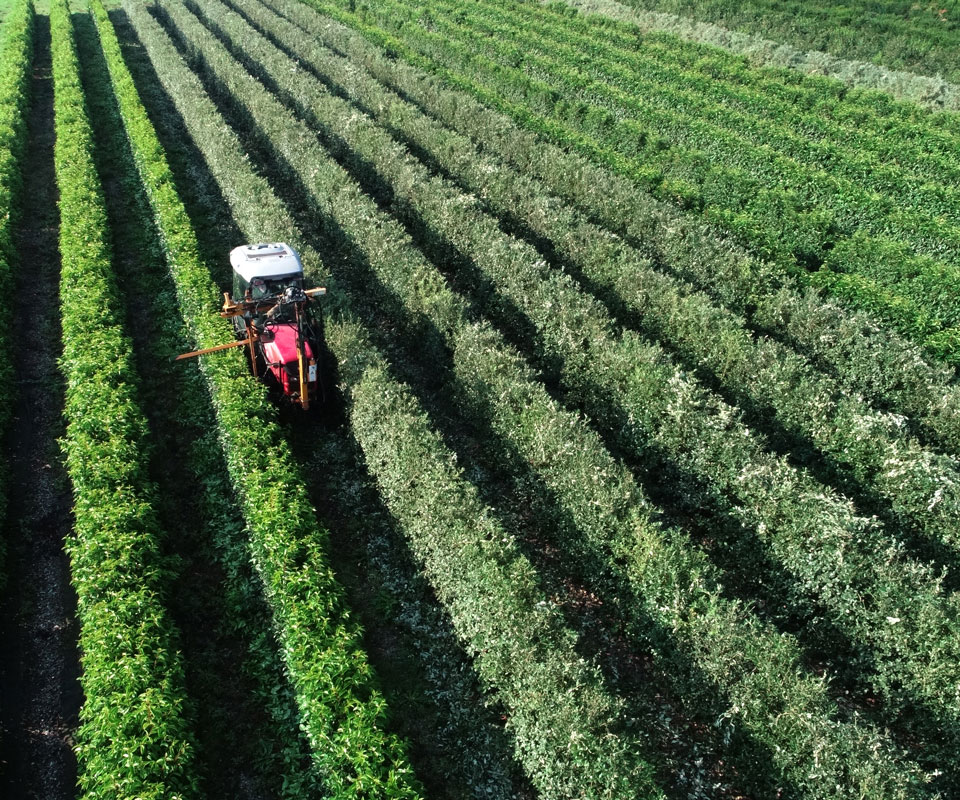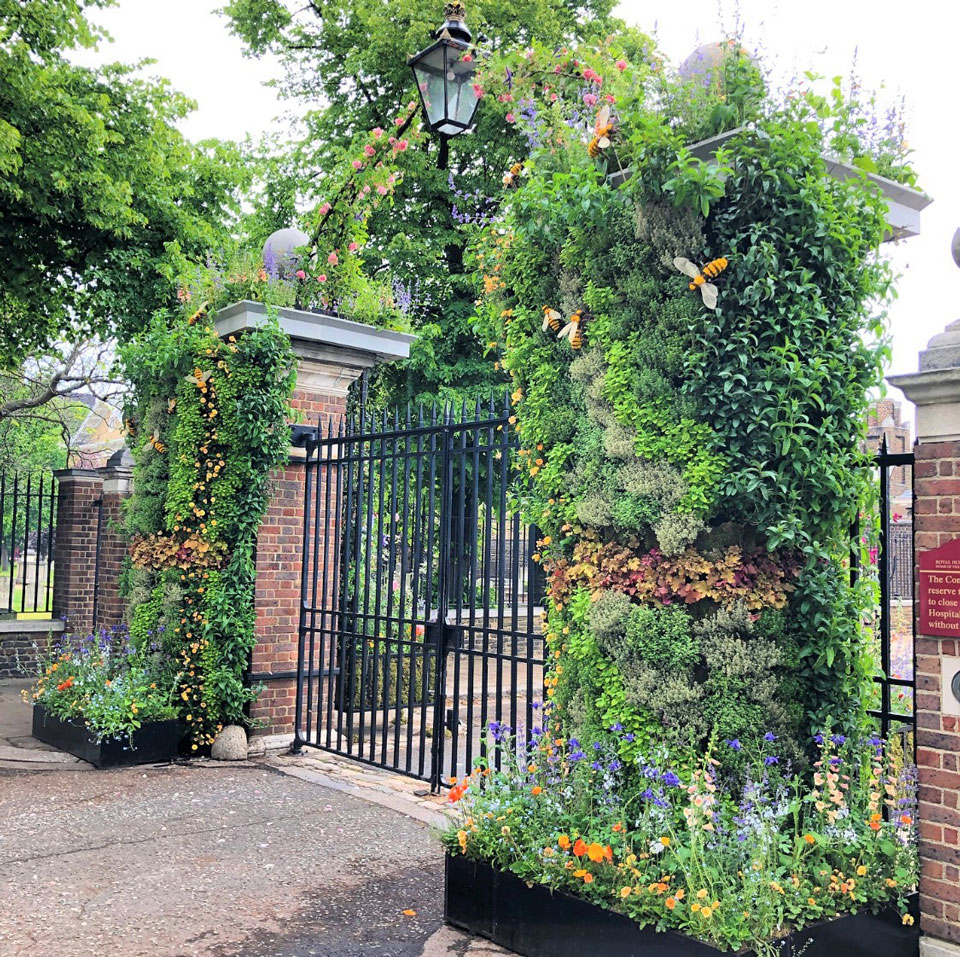Landscaping often involves a mixture of different garden surfaces. Arbour Landscape Solutions Lt...
Filter by:
This is the section of our website where you’ll find everything you need to build beautiful ...
Filter by:
Every outdoor space has three dimensions. Arbour Landscape Solutions offers an extensive range of ...
Filter by:
Introducing our comprehensive range of soft landscaping surfaces for industry professionals. Every...
Filter by:
This is where you’ll find everything you need to build the garden structures specified on yo...
Filter by:
At Arbour Landscape Solutions we know how important drainage is to the success of any landscaping ...
Filter by:
Holding it all together is our range of top quality screws and fixings. Take a good look at the pr...
Filter by:
Lightweight Concrete
Filter by:
We've compiled a comprehensive catalogue of landscaping Tools and Equipment for you to buy or ...
Filter by:
Pots can enhance a garden or commercial landscape hugely, improving a sense of arrival for any sch...
Filter by:
Arbour Landscape Solutions are proud to present this range of stunningly beautiful planters in all...
Filter by:
High-quality light fittings designed and manufactured in the UK. Stylish, durable and with a 10 ye...
Filter by:
Pots can enhance a garden or commercial landscape hugely, improving a sense of arrival for any sch...
Filter by:
Arbour Landscape Solutions are proud to present this range of stunningly beautiful planters in all...
Filter by:
High-quality light fittings designed and manufactured in the UK. Stylish, durable and with a 10 ye...
Filter by:
 TRADE & SELF BUILDERS MULTI-USER ACCOUNTS MULTI USERS
TRADE & SELF BUILDERS MULTI-USER ACCOUNTS MULTI USERS FREE DELIVERY ON ALL YARD STOCK FREE DELIVERY DELIVERIES
FREE DELIVERY ON ALL YARD STOCK FREE DELIVERY DELIVERIES INSTANT ONLINE QUOTES FREE QUOTE BUILDER UPLOAD MY LISTS
INSTANT ONLINE QUOTES FREE QUOTE BUILDER UPLOAD MY LISTSMay 20th is World Bee Day but the team at Arbour Landscape Solutions feel we should be considering all pollinators in all landscaping projects. Angela Lambert, our website content lady, keeps honey bees in her Norfolk garden and, together with Debs our logistics lady, is passionate about wildlife. Here are Angela and Debs’ top tips for garden design and landscaping ideas that boost habitat and forage for bees.
Not every client is keen on the idea of inviting insects into their garden. Add that to concept that low maintenance gardens should be plant-free and the garden designer’s ambition to create greener gardens suddenly feels less achievable. But that needn’t be so. There are subtle tweaks you can make to help wildlife without compromising the client brief.
Hedges have been a feature of the British landscape for centuries. Initially a way to contain livestock and mark boundaries, they would have been created using seedlings and cuttings from local (wild) trees. The native wildlife population will have enjoyed the shelter, blossom and autumn fruits that the hedges provided and so they became an eco-system all of their own.
Today, hedges perform all of those functions and more. They’re ornamental, structural, create a micro-climate within a garden and are great at absorbing noise from the surrounding area.
No time to wait for a hedge to grow? Take a look at the Instant hedging solutions available to order online from our website. UK grown and really easy to install - they’re a great way to reduce the carbon footprint of your project. For optimum bee friendliness, choose mixed native hedging or hawthorn.

Instant hedging solutions getting a final trim in the nursery before being despatched to garden designers and landscapers all over the UK. Bespoke instant hedging solutions are also available from Arbour Landscape Solutions
With World Green Roof Day fast approaching we would urge every garden designer and landscaper to incorporate at least one small green roof into your next project. It could be something as simple as a sedum roof on top of a bin store, or, even better, you could be really adventurous with a wildflower roof on a garden shelter.
Read More In This Article About Green Roof Construction
Lack of space is often cited as the reason for swapping planting for paving. But with innovative modern products, there’s nothing to stop you from creating vertical gardens. The simplest solution would be to use climbing plants - wisteria, ivy, rambling roses, jasmine etc. (Ivy is a really valuable food source for bees in late autumn when there are few other plants in flower)
When specifying roses, please look out for those with blooms where the stamens are really accessible to bees - they find it almost impossible to climb inside the tight blooms of a hybrid tea or the double flowers typically seen on damask roses.
In recent years we have seen truly innovative vertical gardens. Remember the gates to RHS Chelsea in 2019? Designed by Jam Jar Flowers to support bees, they used the Scotscape Smartscape living wall system to make these 'living curtains' and to carry out the installation - it really was a fragrant entry to the show!

A natural lawn has more wildlife benefits than you might imagine, but that flowerless monoculture doesn’t offer much forage for bees and other pollinators.
For a lower maintenance alternative, you could create a slow-growing floral meadow using seed or wildflower turf. Unlike wildflower meadow planting, species rich lawns can be kept short enough to walk and sit on but still flower profusely all summer long. Bursting with daisies, clover, self-heal, bugle and other miniature lovelies, these lawns look like spilt jewels and for the bees they are indeed a treasure trove.
Take a look at these products
Wildflower Seed For Grassless Lawns
Lower Growing Wildflower Turf.
Build a bee hotel! Honey bees live in hives but they are by no means the only bee species to be found in our gardens. In her book “The secret lives of garden bees” Jean Vernon explains that there are a whopping 276 species of bee to be found in Britain. 1 of these is the honey bee, 25 are bumble bees and the rest are solitary bees and none of them live in hives but all of them need help right now.
You can use your hard landscaping skills to create bee habitat. Perhaps adapt the side of a shed or swap a metal screen for a vertical bee hotel. John Little of the Grass Roof Company shares lots of inspiration ideas on his website. Take a look here
However you decide to support bees and wildlife in your garden design and landscaping projects, the team at Abour Landscape Solutions are here to help you source the materials you need. From sedum matting to pleached trees, plants to paddle stones and any bespoke item you can think of, we offer a speedy, efficient and supportive service. Click here to contact us.
Case Study - a bee friendly garden on the banks of the River Thames.
Case Study - award winning garden with spectacular planting
About the Arbour Eco Range - landscaping materials that are good for the planet
Would you like to remove the items in your basket and replace them with this order or keep all items in the basket?
